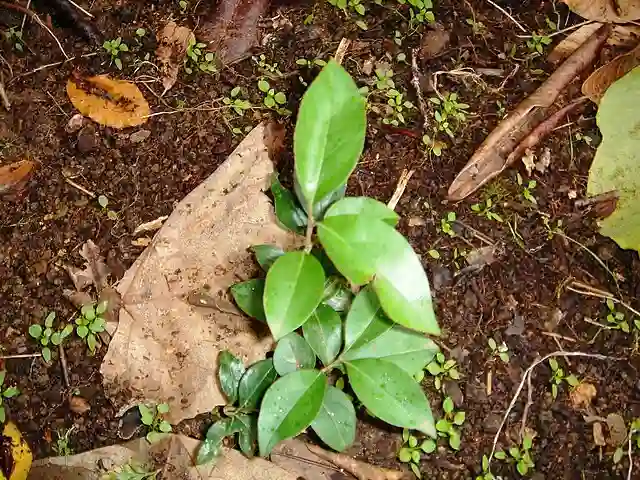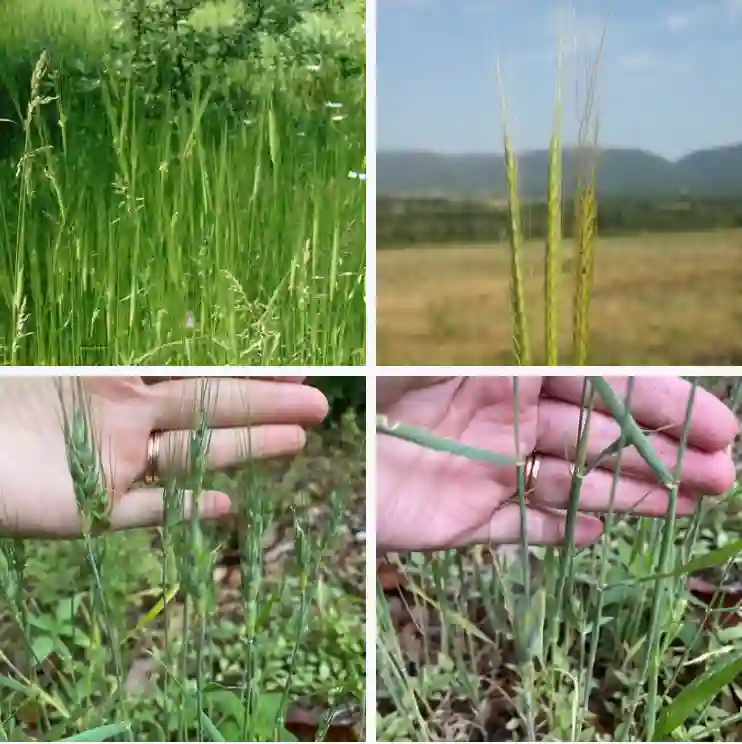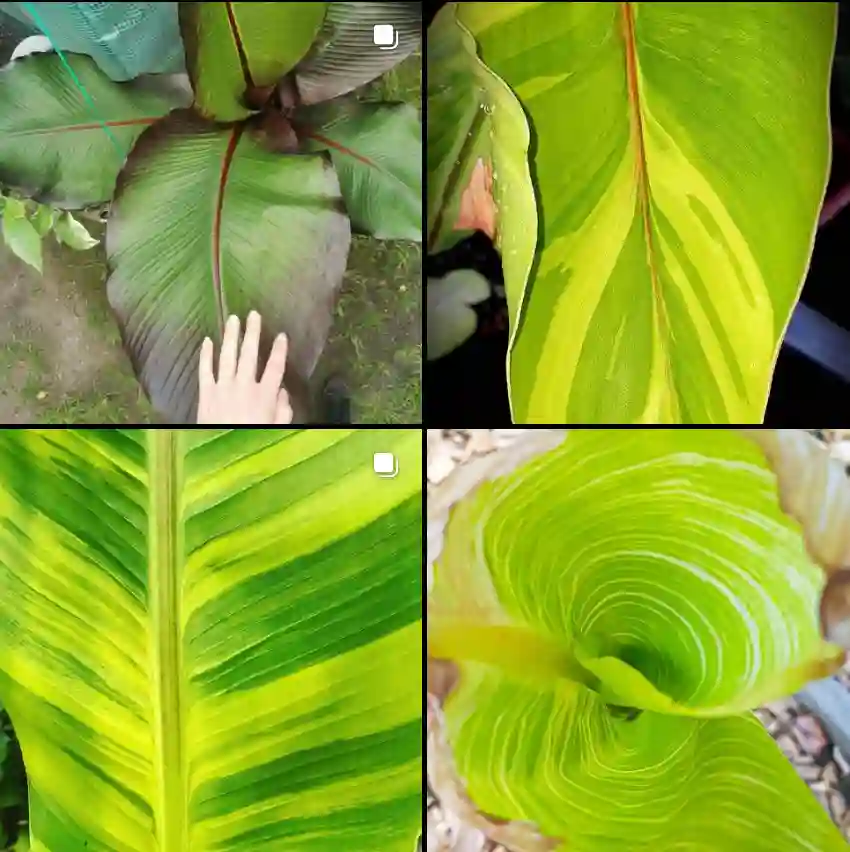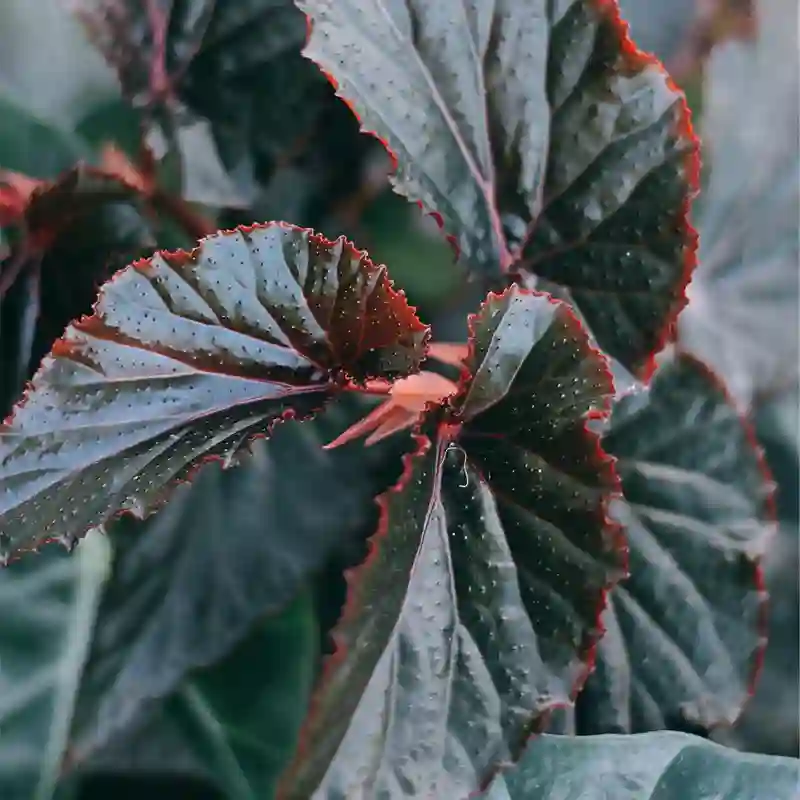FAQs About Consolida Regalis
As an avid gardener, I often find myself drawn to unique plants, and Consolida Regalis, commonly known as the Royal Larkspur, has captured my attention. This charming biennial boasts striking flowers that can elevate any garden. Below, I’ll share some frequently asked questions about Consolida Regalis, drawing from my experiences to provide insights into its care, propagation, and more.
What Is Consolida Regalis?
Consolida Regalis is a flowering plant belonging to the Ranunculaceae family. Known for its tall, slender stems and vibrant, spiky blooms, it typically grows to about 24 to 36 inches. The flowers can be found in shades of blue, purple, pink, and white, adding a lovely pop of color to garden beds. I appreciate how it attracts pollinators like bees and butterflies, making it a great addition for anyone looking to support local wildlife.
Plant Family: 50 Genera in Ranunculaceae – Buttercup Family
How to Care for Consolida Regalis?
Caring for Consolida Regalis is quite straightforward. Here are my key tips:
- Light: This plant thrives in full sun but can tolerate partial shade. I’ve noticed that when placed in a sunny spot, the blooms are more prolific.
- Soil: Well-draining soil is crucial. I mix in compost to ensure adequate nutrients while maintaining good drainage.
- Watering: Regular watering is necessary, especially in dry spells. I water deeply but less frequently, allowing the topsoil to dry out between waterings.
- Fertilizing: A balanced fertilizer applied in early spring helps promote healthy growth. I use a slow-release fertilizer for convenience.
- Pruning: Deadheading spent flowers encourages further blooming. I usually remove wilted flowers to keep the plant looking its best.
How to Propagate Consolida Regalis?
Propagating Consolida Regalis can be done through seeds or division, but I find seed propagation to be the most effective method. Here’s how I do it:
- Seed Collection: After blooming, I wait for the seed pods to mature and turn brown. I collect seeds in late summer or early fall.
- Sowing Seeds: I sow the seeds directly into the soil in early spring or fall. Alternatively, I start them indoors 6-8 weeks before the last frost.
- Germination: Seeds typically germinate within 2-3 weeks. I keep the soil moist and in a warm location for the best results.
What to Plant With Consolida Regalis?
Companion planting can enhance the beauty and health of your garden. I enjoy pairing Consolida Regalis with plants that complement its colors and growth habits:
- Delphiniums: Their tall spikes match well, creating a stunning vertical display.
- Aquilegia (Columbine): The delicate blooms contrast nicely with the robust flowers of Larkspur.
- Lavender: This aromatic herb not only adds fragrance but also attracts beneficial pollinators.
Is Consolida Regalis Toxic?
One common concern among gardeners is toxicity. Fortunately, Consolida Regalis is not considered toxic to humans or pets. However, it’s best to avoid ingestion, as it may cause mild gastrointestinal discomfort. I always remind visitors to my garden to admire but not consume!
Benefits of Consolida Regalis
Beyond its stunning appearance, Consolida Regalis offers several benefits:
- Attracts Pollinators: Its vibrant flowers draw in bees and butterflies, promoting a healthy ecosystem in your garden.
- Cut Flower: The tall stems make excellent cut flowers for arrangements. I often bring them indoors to brighten my living space.
- Natural Pest Repellent: Planting Larkspur can help deter pests due to its natural properties.
Common Problems with Consolida Regalis
Like any plant, Consolida Regalis can face challenges. Here are a few issues I’ve encountered:
- Fungal Diseases: Overhead watering can lead to powdery mildew. I always water at the base to avoid this problem.
- Pests: Aphids may occasionally appear, but I find that a blast of water usually dislodges them. I also encourage beneficial insects like ladybugs.
- Self-Seeding: While self-seeding can be beneficial, it can also lead to overcrowding. I manage this by thinning out seedlings in the spring.
Comparing Consolida Regalis to Similar Plants
Many gardeners confuse Consolida Regalis with other plants, such as Delphiniums and Aconitum. Here’s a quick comparison based on my experience:
- Delphinium: Often taller and with a more robust flower structure, Delphiniums are perennial, while Consolida Regalis is biennial.
- Aconitum: Known for its hooded flowers, Aconitum is toxic and should be handled with care. In contrast, Consolida Regalis is non-toxic and easier to manage in the garden.
Conclusion
Consolida Regalis is a captivating plant that deserves a spot in any garden. Its vibrant blooms, ease of care, and ability to attract pollinators make it a favorite of mine. Whether you’re a seasoned gardener or just starting, I encourage you to give this beautiful flower a try. You might just find that it becomes a beloved addition to your gardening repertoire!
If i die, water my plants!



